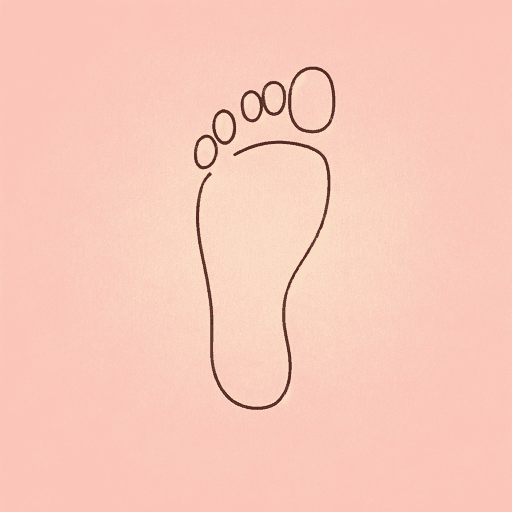16 pages • 32 minutes read
Gloria Larry HouseSelma, 1965
Fiction | Poem | Adult | Published in 1965A modern alternative to SparkNotes and CliffsNotes, SuperSummary offers high-quality Study Guides with detailed chapter summaries and analysis of major themes, characters, and more.
Literary Devices
Form and Meter
House’s “Selma, 1965” is a free verse poem. It does not rhyme or have a set metrical pattern or rhythm. Written in a combination of short and long lines, the poem consists of a single stanza made up of 23 lines. House uses several poetic literary devices to create music and rhythm in this poem, such as repetition, enjambed lines, lyrics, and alliteration.
House’s use of lyrics in Lines 6-7 is a moment when the poem breaks into music and rhythm. The children sing, “Before I’d be a slave, / I’d be buried in my grave…” (Lines 6-7). These lines feature an end-rhyme, which is when a poem has lines that end in words that rhyme or sound very similar. By including lyrics in her otherwise free verse poem, House culturally draws on the traditional work songs sung by slaves during the era of slavery. Formally, House breaks the poem from free verse into rhyme, drawing attention to these lines and setting them apart from the rest with italics. Another moment where House uses sound within a line is in Line 11 when she uses alliteration: when the same letter or sound occurs at the beginning of two or more neighboring words (“rain-rutted dirt roads” [Line 11]).

